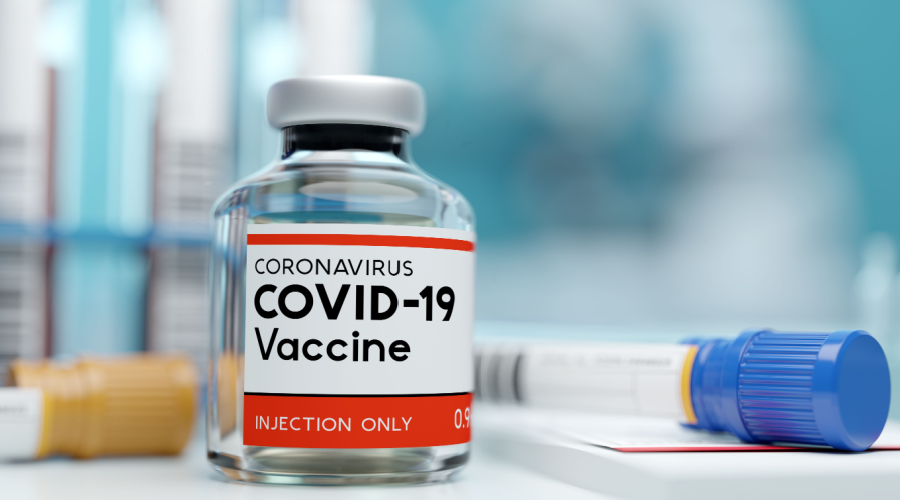During the early days of the pandemic, panic buying became the norm while families tried to protect themselves in uncertain times. Fully stocked shelves and short checkout lines were a thing of the past. Shoppers filled their carts with everything and anything, and they bought a lot of it.
Panic buying is wasteful and costly. It’s also harmful to the community when more and more people hoard resources that others may desperately need.
A more rational and proactive buying process is stockpiling.
Unlike panic buying, those who stockpile collect items they know they will need during times of crisis. A lot of thought goes into what is bought, especially with medications. While panic buying affects the community, if done properly, stockpiling OTC medications does not. By gradually obtaining items over months or years, they won’t cause a shortage of products and leave others in need without.
As a community pharmacist, you’re trained to make sure medications are used correctly, safely, and effectively. Together with your pharmacy team, it’s important to educate your patients on how to properly stockpile, rotate, and store OTC medications, along with what types of medications are okay to buy ahead of time. Here are some OTC medications and products that are always good to have, and keep, in the medicine cabinet:
Allergy medications
If patients suffer year-round from allergies, medications such as cetirizine, diphenhydramine, fluticasone nasal spray, and loratadine are good choices to have on hand.
Analgesics and antipyretics
For fevers, inflammation, and/or pain, having medications such as acetaminophen, ibuprofen, and naproxen are all great OTCs to have available.
Cold and cough
Colds and coughs can pop up at any time throughout the year, so having a medication such as chlorpheniramine, dextromethorphan, guaifenesin, oxymetazoline, and/or pseudoephedrine are all good choices to keep on hand.
Ear drops
If someone in the family is a swimmer or has trouble cleaning their ears, it’s a good idea to have something to ease an earache or help remove wax.
Eye drops
Dry eyes are uncomfortable, as are red, allergy eyes. Eye drops are definitely a must for those with eye troubles throughout the year.
Feminine products
Any and all feminine products are good to have readily available, including medications that help menstrual pain, miconazole antifungal, and nonprescription birth control.
First aid
Everyone should have first-aid products in their medicine cabinet, especially the basics. It’s a good idea to have products such as band-aids, rubbing alcohol, hydrogen peroxide, antibiotic cream, and gauze for when accidents happen.
Stomach/heartburn medication
Digestive trouble can happen at any time, leading to heartburn, stomach aches, indigestion, diarrhea, and/or constipation. Good products to keep in the medicine cabinet include famotidine, glycerin suppositories, loperamide, and omeprazole.
Topical products/lotions
For itchy skin, calamine lotion or hydrocortisone is a good choice, along with clotrimazole for athlete’s foot, triple antibiotic for infection, and diclofenac for pain.
As a pharmacist, you have direct patient contact and can use your expertise, personal communication skills, and professional judgment to help promote appropriate drug use and awareness of the dangers of panic buying and overstocking the medicine cabinet (especially with prescription drugs). With prescription medications, prescriptions should not be refilled until there is less than 25 percent of the medication left. Keeping more medication on hand can be hazardous and unnecessary.
A Member-Owned Company Serving Independent Pharmacies
PBA Health is dedicated to helping independent pharmacies reach their full potential on the buy-side of their business. Founded and owned by pharmacists, PBA Health serves independent pharmacies with group purchasing services, wholesaler contract negotiations, proprietary purchasing tools, and more.
An HDA member, PBA Health operates its own NABP-accredited secondary wholesaler with more than 6,000 SKUs, including brands, generics, narcotics CII-CV, cold-storage products, and over-the-counter (OTC) products — offering the lowest prices in the secondary market.












